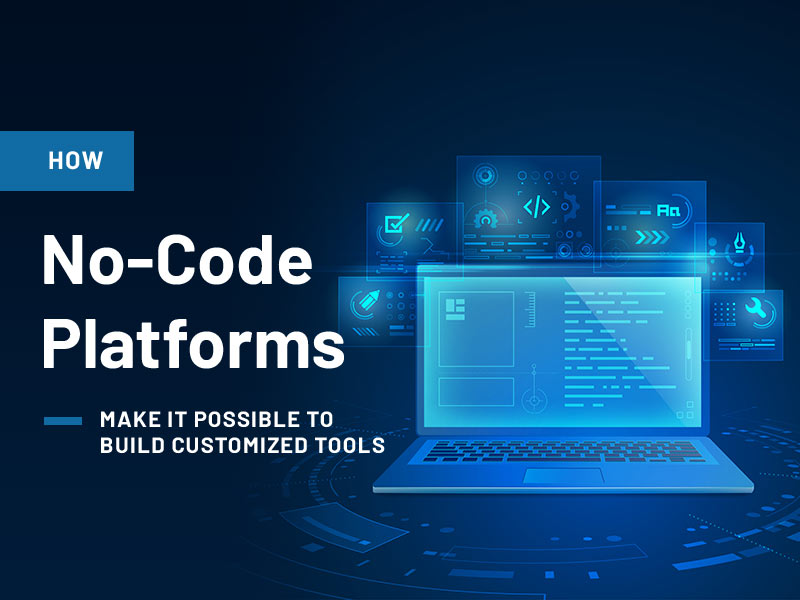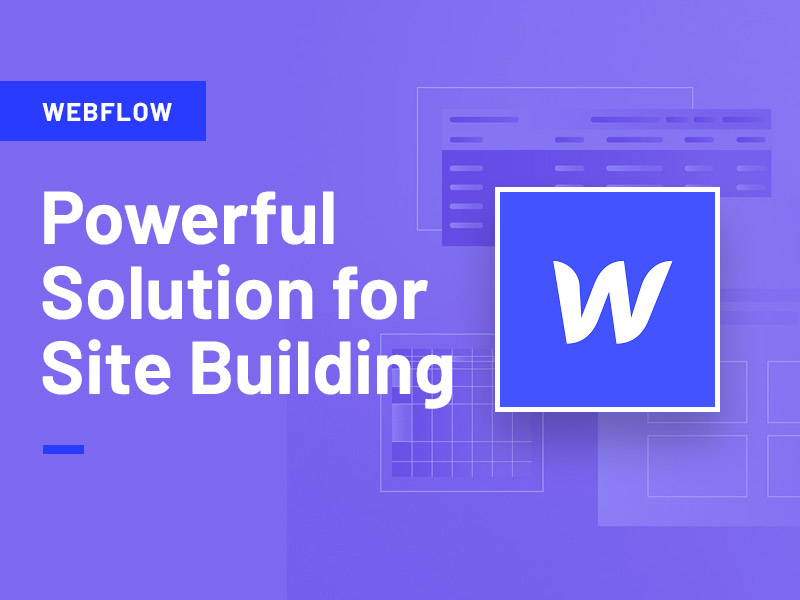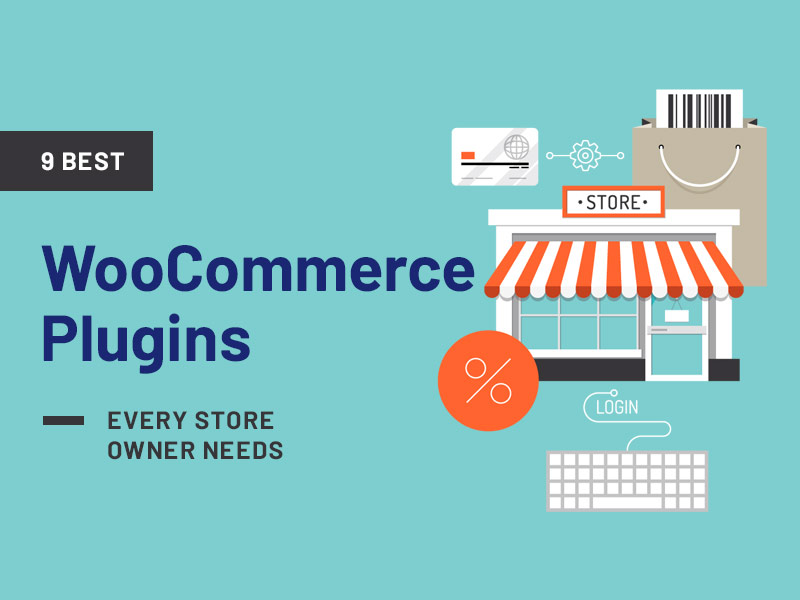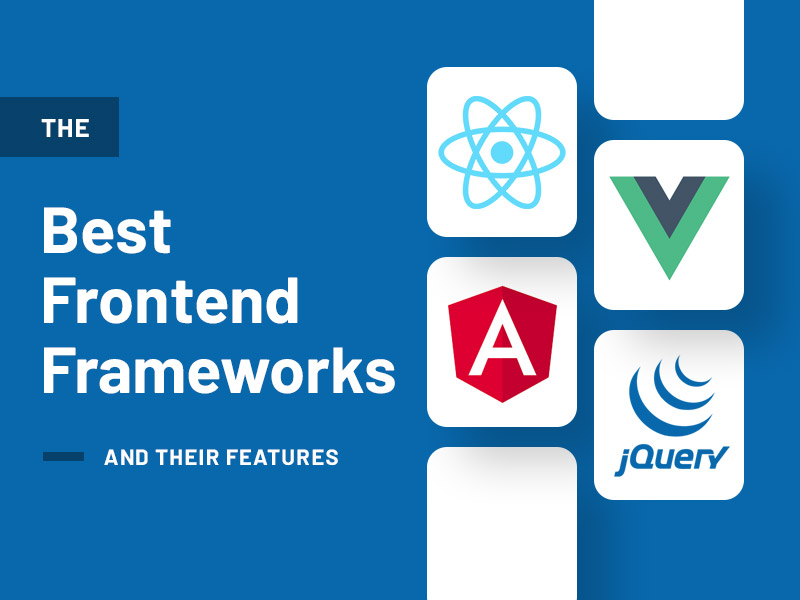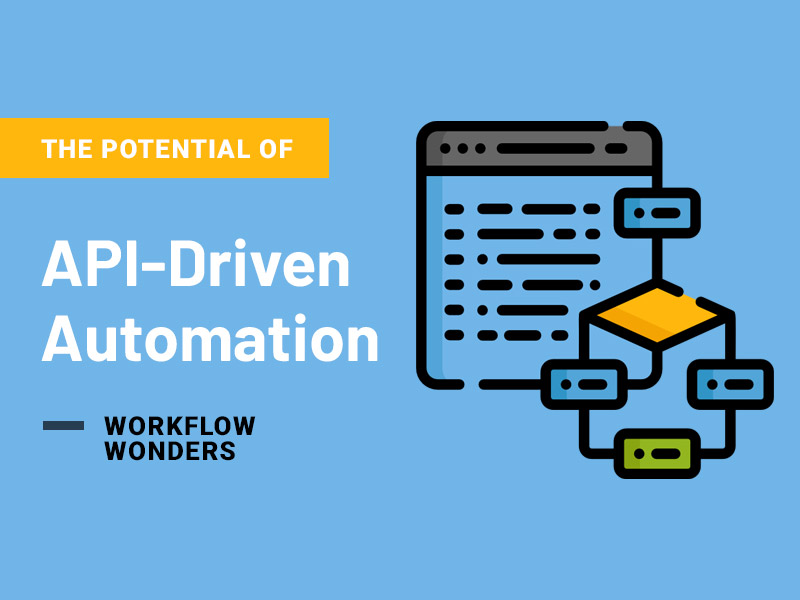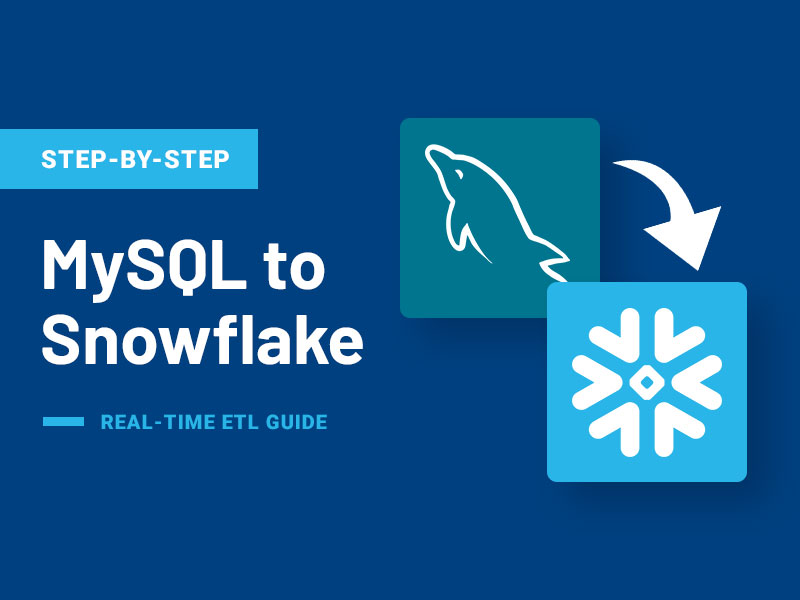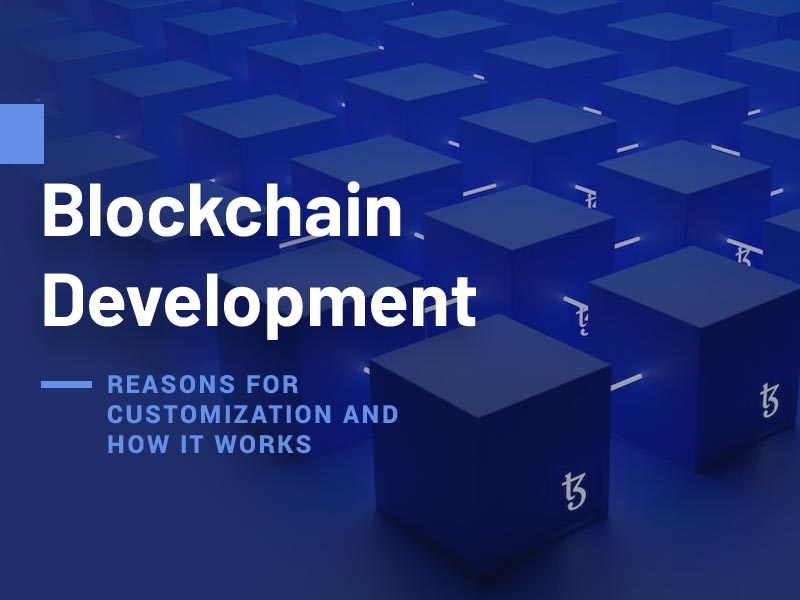The ability to customize tools is a significant advantage for businesses.
Customization allows companies to tailor their tools and services to their customers’ needs, whether these needs are based on location or industry.
With No Code Platform, you can create customized tools that allow your business to excel in the market.
In this article we’ll take a look at what these platforms are, how they work, and what are the misconceptions about them.
How No Code Platforms Make It Possible To Build Customized Tools?
No Code platforms are software development tools that use a certain coding language, like JavaScript or Python. They let you build web apps without having to write all the code yourself.
That means you don’t have to learn all the coding languages that are required for other kinds of development, like Java or C++. Instead, you can focus on what makes your app unique and get it built quickly and easily.
The platform allows low-level customization of the tools you use, essentially allowing you to build your own tools from scratch. No Code platforms are a means to an end—they’re not something you need in order to build any kind of tool.
However, many companies have begun using No-Code platforms because they allow them to be more agile and nimble in their workflows.
They also allow companies to be more competitive as they can develop their own tools in-house rather than using off-the-shelf templates that have been created by others.
What are the benefits of using No Code Platforms?
1. With No-code, software developers can write code more intuitively
When you work on No Code platform, you can easily write your code without having to worry about the syntax or structure of the code.
The tools provided by No Code platforms will help you build a user interface in a way that’s easy to understand and navigate.
You won’t have to worry about making sure that you’re following all of the guidelines for writing good code because there aren’t any rules or regulations that dictate what needs to be done.
You can just focus on building something that works, and then letting the tools do their thing!
2. Use drag-and-drop features, making it easier for them to create the code
Access to No Code platforms provides you with a great way to build your app quickly and easily. They offer drag-and-drop features, making it easier for you to create the code that makes your app function properly.
This allows users to work on their projects in a way that is more familiar and comfortable.
Instead of having to learn a new code language or type system, you can use your existing programming skills to build the tools that will help you with your project. Of if you decide to trust your project to professional no code programmers, for example, Bubble developers, expect to get your app or website live 5X times faster than doing on your own.
3. As a way to extend applications and create new features
No Code Platforms can be a great way to extend applications and create new features.
It’s a great solution for those who want to build custom applications without having to learn how to code, but still want the flexibility of being able to program in multiple languages.
You don’t need any previous experience with programming or any knowledge of coding languages – just a desire to create something new!
4. Use without having to spend a lot of time configuring code or learning how to write it
You can create applications that have no recurring costs and no maintenance fees. That means that no matter how big or small your business is, there’s always room for growth!
And because they’re cloud-based, there’s no need for you to worry about setting up an infrastructure yourself—the platform takes care of all the hard work for you.
You’ll also be able to make changes easily without worrying about disrupting any other parts of your system or missing deadlines because of technical difficulties.
This makes it easier than ever before for your team members and clients to work together in real-time across borders or time zones.
5. Makes it easier for companies to offer their customers specific services and products
You can build your own custom applications that are tailored specifically to your needs.
This means you get to pick exactly what kind of service or product you want, and the software developer who creates it will know how best to serve your needs.
It also means they’ll be more likely to build something that’s well-designed—and not just any old thing that happens to work.
6. No Code platforms help solve problems more quickly
It allow developers to focus on creating useful solutions rather than dealing with the technical details of coding. This lets them create more features and speed up the time it takes to develop new features and updates.
How do No Code Platforms bring in a new era of development?
No Code platforms are a new way to develop software applications, which can be used by developers and non-developers alike. They allow users to create an interface using simple drag and drop functions, which makes it easy to build applications without having to learn complex code languages.
What are the misconceptions people have about it?
There are lots of misconceptions, here are a few:
- 1. It is only for developers who want to build custom apps. This is not true! No Code platforms are great for non-developers too!
- 2. It require you to work with the whole project at once, instead of breaking up your project into smaller chunks that you can work on separately. This is not true either! You can do it all in one shot if you want- just like with regular software development processes!
- 3. No Code platforms don’t have enough features or functionality to be useful for your business needs. This also isn’t true!
Wind Up!
No Code platforms (also known as LCPs) provide a way for developers to build custom tools without having to write any code. Instead, they use a series of pre-defined building blocks that can be combined together to create whatever tool you need. This means that you don’t have to worry about learning how to program on top of another language—you just choose some basic components and put them together however you want!
